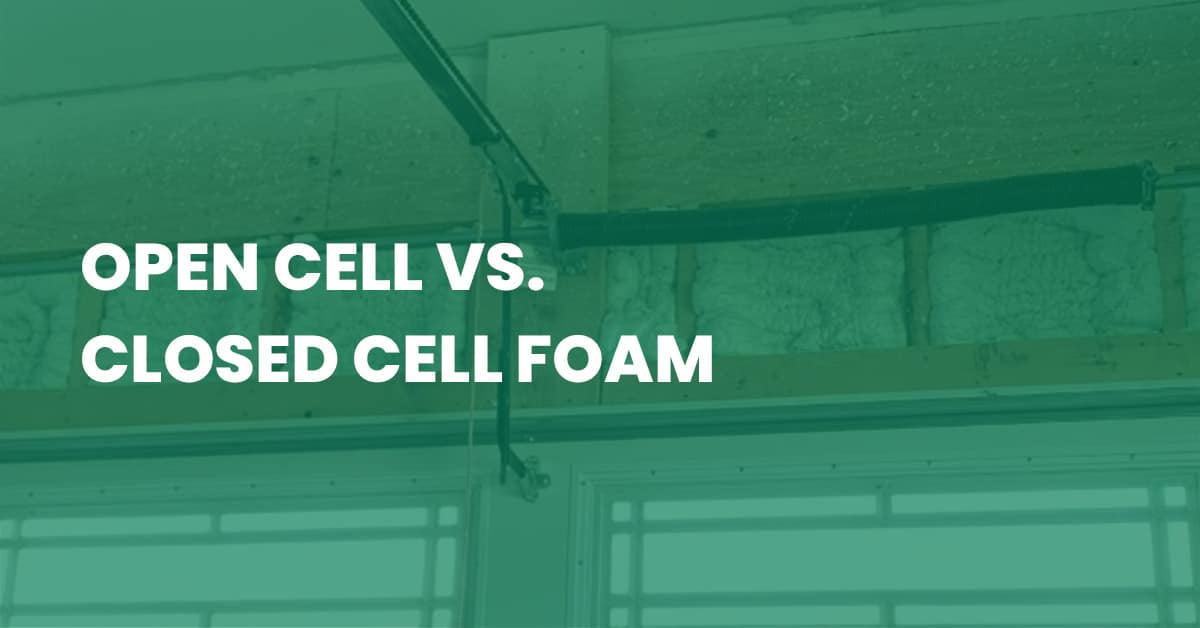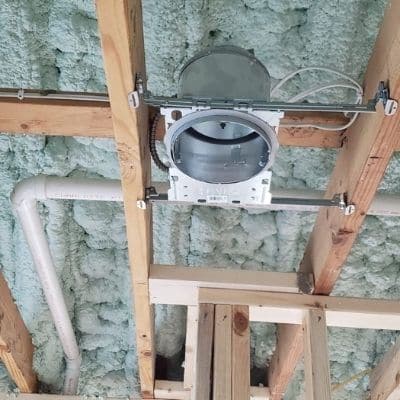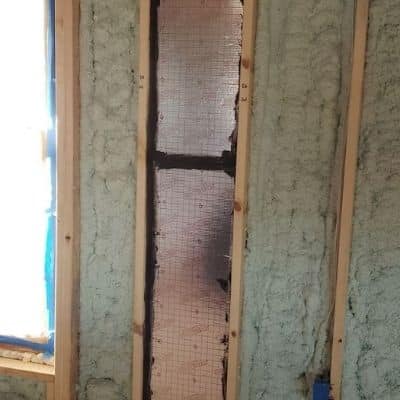
Open Cell Vs. Closed Cell Foam
There are many different types of spray foam intended for a variety of uses. In general though, foam’s best quality is its ability to fill in gaps and expand, creating an airtight seal. That air stopping quality can be ideal for soundproofing, insulating, waterproofing, and more. Two of the main categories of foam are open cell and closed cell. There are more variants like slow rise foam and high density foam, which change how long a foam takes to expand, what its ultimate density will be, whether or not it’s fire retardant, etc. But, we can explore some of those another time. For now, let’s take a look at the main differences between open cell and closed cell foam.Closed Cell Foam
Closed cell foam at about 2 pounds per cubic foot is more dense than open cell foam which is typically about one-half pound per cubic foot. This increase in density makes closed cell foam more ideal for applications in which moisture will be a concern. It also has a much higher R value per inch at approximately 7, versus that of open cell at about 4. The tightly packed and “closed” cells create a vapor retarder to help stop moisture penetration which is important in projects like insulating walls, crawlspaces, basements, and the like. The vast majority of vapor transmission occurs through air flow, and not diffusion (a fancy term that means “physically moving through a solid”).
Open Cell Foam
However, the less dense, more sponge-like nature of open cell foam, while it also stops air movement, would not be the best choice in projects that are not temperature controlled on both sides. For example, sound-deadening between floors is a great project for open cell foam since the temperature difference on both sides will not be much, minimizing the chance to create a dewpoint or condensation. What the open cell foam will do however, is help absorb sound waves and stop air movement, which is how sound travels.

When in Doubt Contact Us!
Most projects are best suited to be attacked with closed cell foam. While it is initially more expensive, that increase in density will reward you with more structural stability, a higher R value, and moisture stopping power.
Still have questions about which foam might be best for your project? Just give us a call so we can have a project expert walk you through it – 1-833-FOAM-IT-G
.